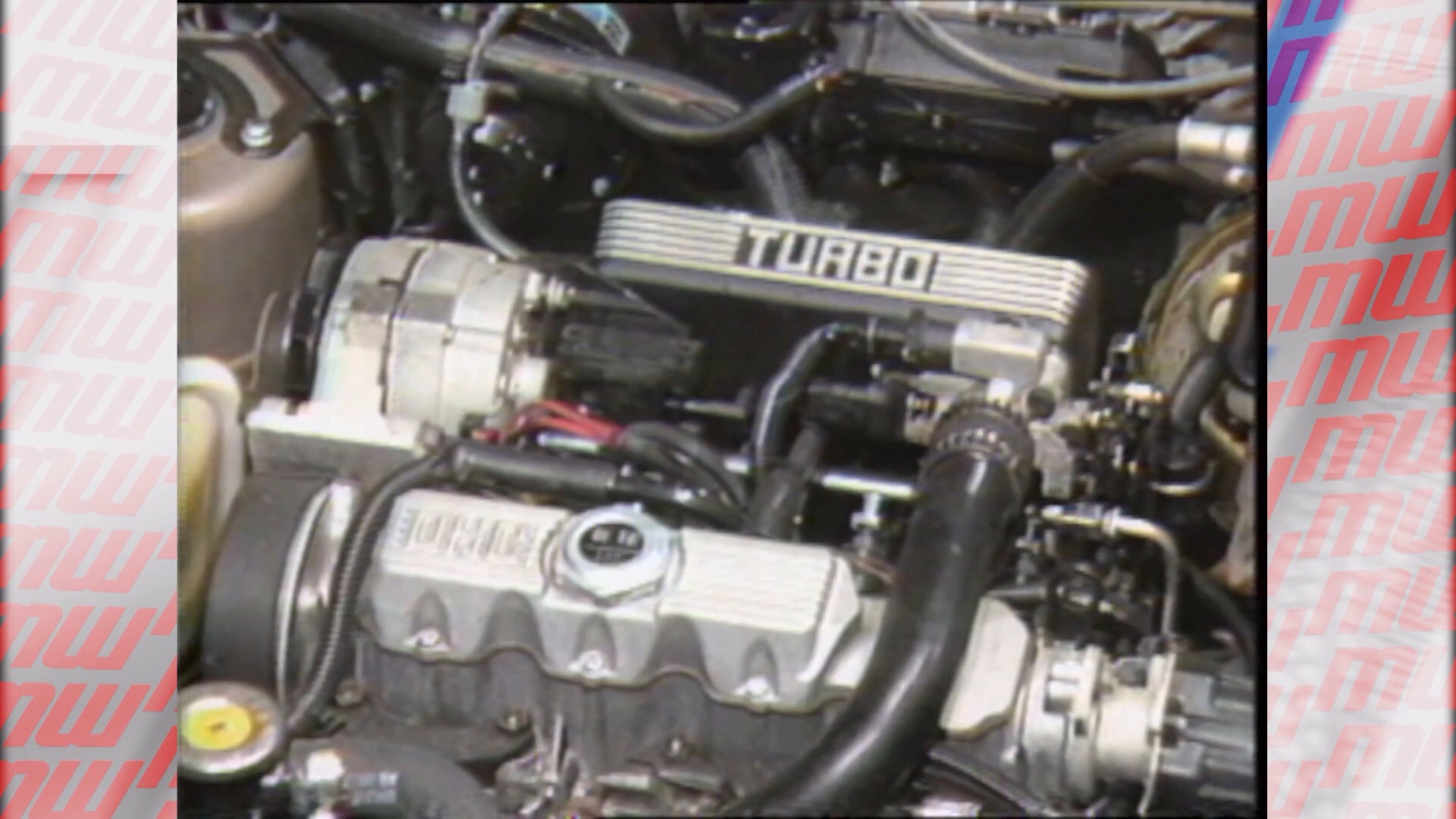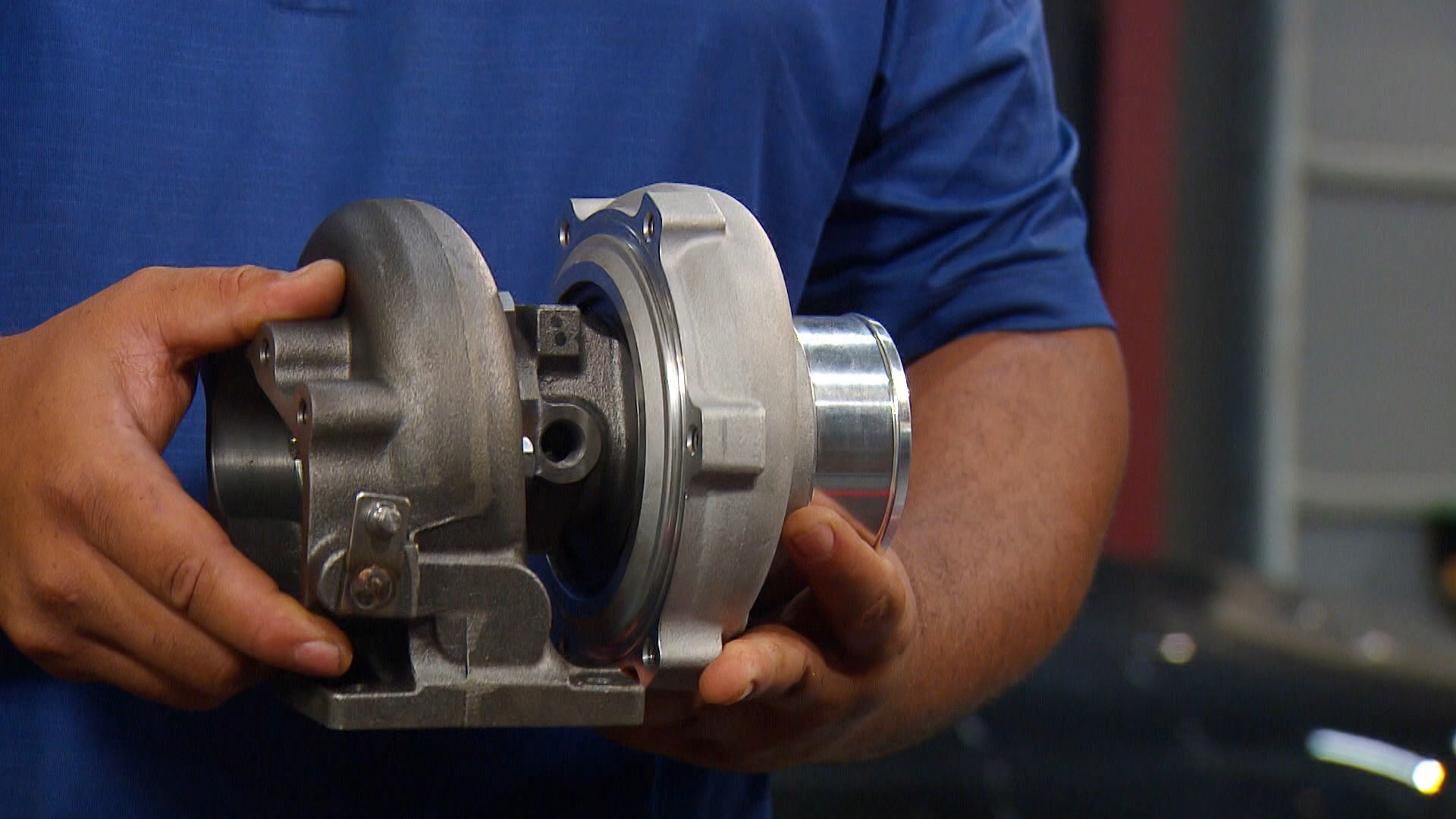Turbo Tech
“There’s no replacement for displacement;” a phrase now being constantly challenged by smaller engines aided by a helping hand: turbochargers. Well, they can only take care of you if you take care of them, so here’s Logan McCombs with vital turbocharger tech tips in this week’s “Your Drive.”
 LOGAN McCOMBS: Turbochargers have come a long way. When they first came out, they were the performance upgrade you needed to have. But, they had a lot of negatives and drawbacks to them, one of those being how they were actually cooled.
LOGAN McCOMBS: Turbochargers have come a long way. When they first came out, they were the performance upgrade you needed to have. But, they had a lot of negatives and drawbacks to them, one of those being how they were actually cooled.
A turbo is cooled by having oil flow through it and lubricate those bearings, but when you would turn your car off there was no oil flowing throughout your system. So, what most people ended up doing is they ended up using a turbo timer, a device that would keep your car running for a certain amount of time after you would turn it off to allow oil to continue to flow through the system, to cool off your turbo.
Another issue that they had was something called turbo lag. It’s when you step on your pedal, but there was no throttle response until a certain point or once the turbo built up enough pressure. Looking at it, a turbo is two halves put together with a shaft that goes throughout the entire turbo. On one side, you have something that is called your “hot side” or “exhaust side.” And what happens is you have air or hot exhaust gases that flow up into the hot side of the turbine housing, and that spins a turbine. As that turbine spins, on the other side of your turbo, or the front side, is your cold side, where air is pulled in and the turbine wheel spins and helps to compress that air because as the compressed air is pushed into your engine, that allows for better combustion to make the power and efficiency gains that you’re looking for.
 One of the things with turbo technology that has improved vastly over the years is how we actually cool these turbos down. No more are the days with turbo timers and having to let your car run because we still kept the oil to cool off those bearings, but we also added water ports so that we can have water flowing throughout your turbo to help cool it even when the car is off. Because with most modern applications you have an electric water pump that will continue to pump water throughout the system once the car has been turned off.
One of the things with turbo technology that has improved vastly over the years is how we actually cool these turbos down. No more are the days with turbo timers and having to let your car run because we still kept the oil to cool off those bearings, but we also added water ports so that we can have water flowing throughout your turbo to help cool it even when the car is off. Because with most modern applications you have an electric water pump that will continue to pump water throughout the system once the car has been turned off.
One benefit that a lot of manufacturers have seen is adding a turbocharger onto a smaller displacement engine for better performance and increased efficiency, opposed to using a larger motor like a V6 or a V8. Adding a turbocharger to a smaller displacement engine will allow us to get closer, if not better performance out of the smaller engine than we would with a larger engine.
A turbo is a great way to get well-rounded performance. If you have a question or comment drop us a line right here at MotorWeek!






